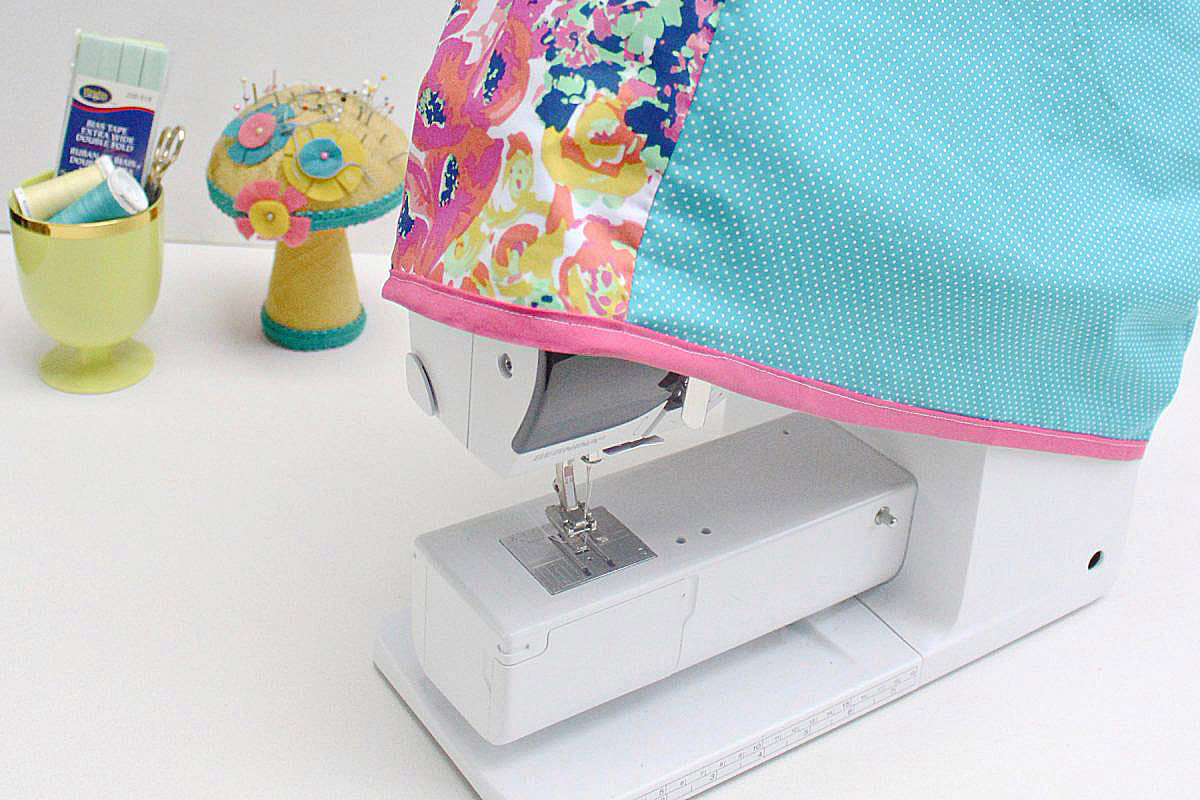

Articles
How To Store Sewing Machine
Modified: December 7, 2023
Discover the best techniques for storing your sewing machine and keeping it in excellent condition. Read our informative articles for expert tips and advice.
(Many of the links in this article redirect to a specific reviewed product. Your purchase of these products through affiliate links helps to generate commission for Storables.com, at no extra cost. Learn more)
Introduction
Storing your sewing machine properly is essential to ensure its longevity and functionality. Whether you are a professional seamstress or a hobbyist, taking the time to store your sewing machine correctly will protect it from dust, damage, and other potential hazards. In this article, we will guide you through the steps to store your sewing machine safely and securely.
Proper storage involves choosing a suitable location, cleaning and preparing the machine, disassembling if necessary, protecting against dust and dirt, and properly packaging and storing the machine itself. By following these guidelines, you can maintain the performance of your sewing machine and extend its lifespan.
So, let’s get started and learn how to store your sewing machine effectively!
Key Takeaways:
- Proper storage of your sewing machine involves choosing a suitable location, cleaning and preparing the machine, disassembling if necessary, protecting against dust and dirt, and properly packaging and storing the machine itself. By following these guidelines, you can maintain the performance of your sewing machine and extend its lifespan.
- When storing your sewing machine, remember to remove batteries, keep the manual accessible, run the machine occasionally, and protect the power cord. These additional tips will help enhance the storage process and safeguard your sewing machine for uninterrupted performance.
Read more: How To Store Sewing Patterns
Choose a Suitable Location
When selecting a location to store your sewing machine, it’s important to consider a few factors. Firstly, choose a place that is dry and free from extreme temperature fluctuations. Moisture can cause rust and damage the inner components of the machine, while rapid temperature changes can lead to condensation. Avoid storing your sewing machine in basements, garages, or attics where these conditions are more likely to occur.
It’s also crucial to select a spot that is away from direct sunlight. Sunlight can cause the machine’s plastic parts to deteriorate and fade over time. Additionally, prolonged exposure to sunlight can affect the threading and tension mechanisms of the machine. Look for an area in your home that is shaded or has minimal exposure to sunlight.
Another aspect to consider is ventilation. Ensure that the storage location has proper airflow to prevent the buildup of moisture or musty odors. Good ventilation will help maintain the integrity of the machine’s electrical components and prevent the growth of mold or mildew.
Lastly, keep in mind the accessibility of the location. It’s best to choose a spot that is easily reachable so that you can retrieve the machine whenever needed. Avoid storing it in hard-to-reach areas, as this may lead to neglect or damage when trying to retrieve it.
By selecting a suitable location for your sewing machine storage, you can safeguard it from environmental factors and ensure its condition remains intact.
Clean and Prepare the Machine
Before storing your sewing machine, it’s crucial to clean and prepare it properly. Over time, dust, lint, and thread fibers can accumulate in various parts of the machine, which can affect its performance if not addressed. Here are some steps to clean and prepare your sewing machine for storage:
- Start by unplugging the machine and removing any accessories or attachments.
- Use a soft brush or a lint roller to gently remove any visible dust or lint from the exterior of the machine. Pay attention to areas such as the bobbin area, feed dogs, and tension discs.
- Refer to your sewing machine’s instruction manual to learn how to access the internal parts for cleaning. Some machines may have removable panels or compartments for easy access.
- Using a small brush or a vacuum cleaner with a brush attachment, carefully remove any debris or lint from inside the machine. Be gentle and avoid using excessive force that could damage delicate parts.
- Wipe down the exterior and interior surfaces of the machine with a soft, lint-free cloth slightly dampened with a mild cleaning solution. Avoid using harsh chemicals or abrasive materials that could scratch or damage the machine.
- Allow the machine to air dry completely before proceeding to the next step. Make sure there is no moisture remaining, as this can lead to rust or corrosion.
- If necessary, lubricate the moving parts of the machine as per the manufacturer’s instructions. Use a high-quality sewing machine oil or lubricant to ensure smooth operation.
By thoroughly cleaning and preparing your sewing machine, you can remove any dirt or debris that could potentially cause issues during storage. This step will help maintain the machine’s performance and prevent any problems from arising when you use it again.
Disassemble if Necessary
Disassembling your sewing machine before storage can be beneficial, especially if you have a heavy or delicate machine. By removing certain parts, you can minimize the risk of damage and make it easier to store. Here are some guidelines for disassembling your sewing machine if necessary:
- Refer to your sewing machine’s instruction manual for guidance on disassembly. The manual will provide specific instructions on which parts can be safely removed.
- If possible, remove the needle, presser foot, and bobbin case. These are common components that can be detached without affecting the overall functionality of the machine.
- If your machine has a detachable sewing table, follow the manual’s instructions to remove it. This will make the machine more compact and easier to store.
- If you have a portable sewing machine, consider removing the foot pedal and power cord. This will reduce the risk of tangling and potential damage while in storage.
- Keep all the small parts, such as screws or clips, in a labeled container or plastic bag. This will ensure they are not misplaced and can be easily reassembled when needed.
It’s important to note that not all sewing machines require disassembly for storage. Some machines are designed to be stored as a whole unit. In such cases, it’s best to follow the manufacturer’s instructions and store the machine as advised.
By disassembling specific parts of your sewing machine, you can protect them from potential damage and make the overall storage process more manageable. Just remember to keep all the parts organized and safely stored so that they can be easily reassembled when it’s time to use the machine again.
To store a sewing machine, cover it with a dust cover or a clean cloth to protect it from dust and debris. Store it in a dry, cool place away from direct sunlight to prevent any damage.
Protect Against Dust and Dirt
Dust and dirt are common culprits that can affect the performance of your sewing machine if left unchecked. To keep your machine in optimal condition during storage, it’s essential to take measures to protect it from these elements. Here are some tips to safeguard your sewing machine against dust and dirt:
- Cover the machine with a dust cover or a clean, breathable fabric. This will prevent dust from settling on the machine’s surfaces and components.
- If a dust cover is not available, you can use a large plastic bag to wrap the machine. Ensure the machine is completely dry before placing it in the bag to prevent moisture buildup.
- Avoid using plastic bags made of thin material, as they may not provide adequate protection against dust and can cause condensation. Opt for thicker, higher-quality plastic bags if you choose to use this method.
- Place a silica gel packet inside the cover or bag to absorb excess moisture and prevent the growth of mold or mildew.
- Store the machine in an area where it is less likely to accumulate dust, such as a clean and closed storage cabinet or closet.
- Regularly check the storage area for any signs of dust or dirt accumulation and clean it if necessary.
By taking precautions to protect your sewing machine from dust and dirt, you can ensure that it stays clean and ready for use when you retrieve it from storage. A clean machine will also require less maintenance and prevent any unnecessary issues or repairs.
Read more: How To Store A Sewing Machine
Properly Package and Store the Machine
Once you have prepared your sewing machine for storage and protected it against dust and dirt, it’s time to package and store it in a way that ensures its safety and longevity. Here are some guidelines for properly packaging and storing your sewing machine:
- Ensure the machine is completely dry before packaging it. Any residual moisture can lead to rust or damage while in storage.
- If you have a hard case or a dedicated storage container for your sewing machine, place the machine inside it. These cases offer added protection against physical damage and keep the machine securely in place.
- If you don’t have a designated case, you can use a sturdy, lidded plastic container or a cardboard box that is slightly larger than the machine. Line the container with soft, cushioning material such as bubble wrap or foam to minimize movement and protect against impacts.
- Place the sewing machine inside the container, ensuring that it sits upright and is not tilted or jostled. Avoid placing any heavy objects on top of the machine that could cause pressure or damage.
- Fill any empty spaces in the container with additional padding or cushioning material to create a snug fit. This will prevent the machine from shifting during transport or while in storage.
- Seal the container with tape or securely fasten the latches if using a dedicated hard case. This will protect the machine from dust, moisture, and pests.
- Label the container with a clearly marked “sewing machine” label or sticker to easily identify it when needed.
- Store the packaged machine in the previously chosen suitable location, ensuring it is placed on a stable surface and not subject to any extreme temperature fluctuations or direct sunlight.
By properly packaging and storing your sewing machine, you can minimize the risk of damage and ensure its protection during the storage period. Remember to keep the machine in a cool, dry place and periodically check on it to ensure it remains in good condition.
Additional Tips
Here are some additional tips to consider when storing your sewing machine:
- Remove any batteries from the machine, such as in portable models, to prevent them from leaking and causing damage. Store the batteries separately in a cool, dry place.
- Keep your sewing machine manual in a safe place, such as a drawer or folder, so you can easily access it when needed. The manual will provide valuable information on maintenance, troubleshooting, and reassembly.
- If you plan to store your sewing machine for an extended period, it’s a good idea to run it occasionally to keep the internal mechanisms lubricated and prevent any parts from seizing up.
- Consider covering the power cord with a protective sleeve or wrapping it tightly around the machine to prevent it from tangling or becoming damaged.
- If you’re storing multiple sewing machines or other sewing equipment together, ensure there is enough space between them to prevent them from rubbing against each other and causing damage.
- If you live in an area prone to pests, such as rodents or insects, place some repellents near the storage area to deter them from approaching the machine.
- Keep a record of the date when you stored the sewing machine so that you can easily track how long it has been in storage. This will help you plan for regular maintenance or check-ups.
By following these additional tips, you can enhance the storage process and further safeguard your sewing machine. Regular maintenance and keeping track of the machine’s condition will ensure its longevity and uninterrupted performance when you’re ready to use it again.
Frequently Asked Questions about How To Store Sewing Machine
Was this page helpful?
At Storables.com, we guarantee accurate and reliable information. Our content, validated by Expert Board Contributors, is crafted following stringent Editorial Policies. We're committed to providing you with well-researched, expert-backed insights for all your informational needs.
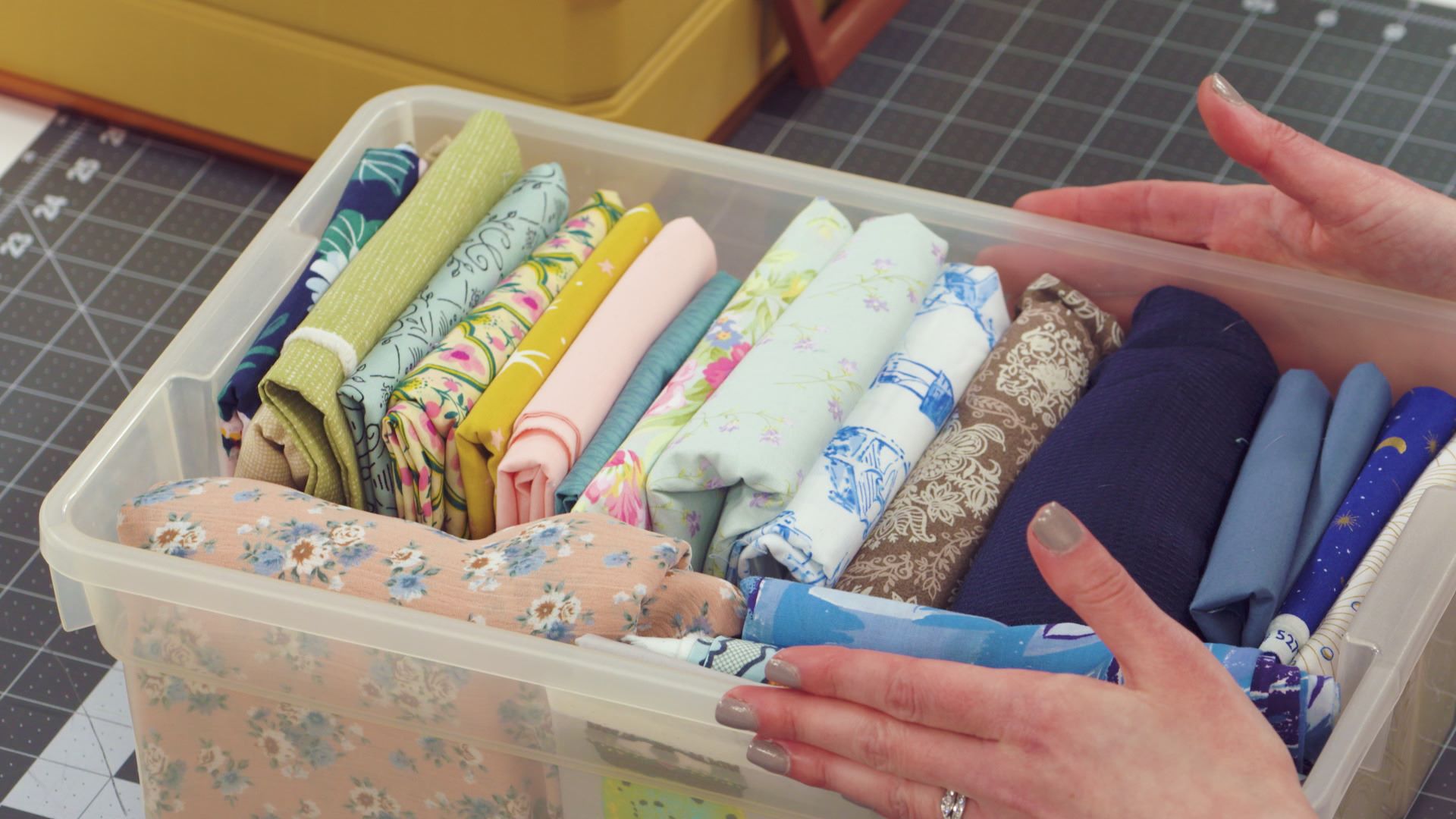
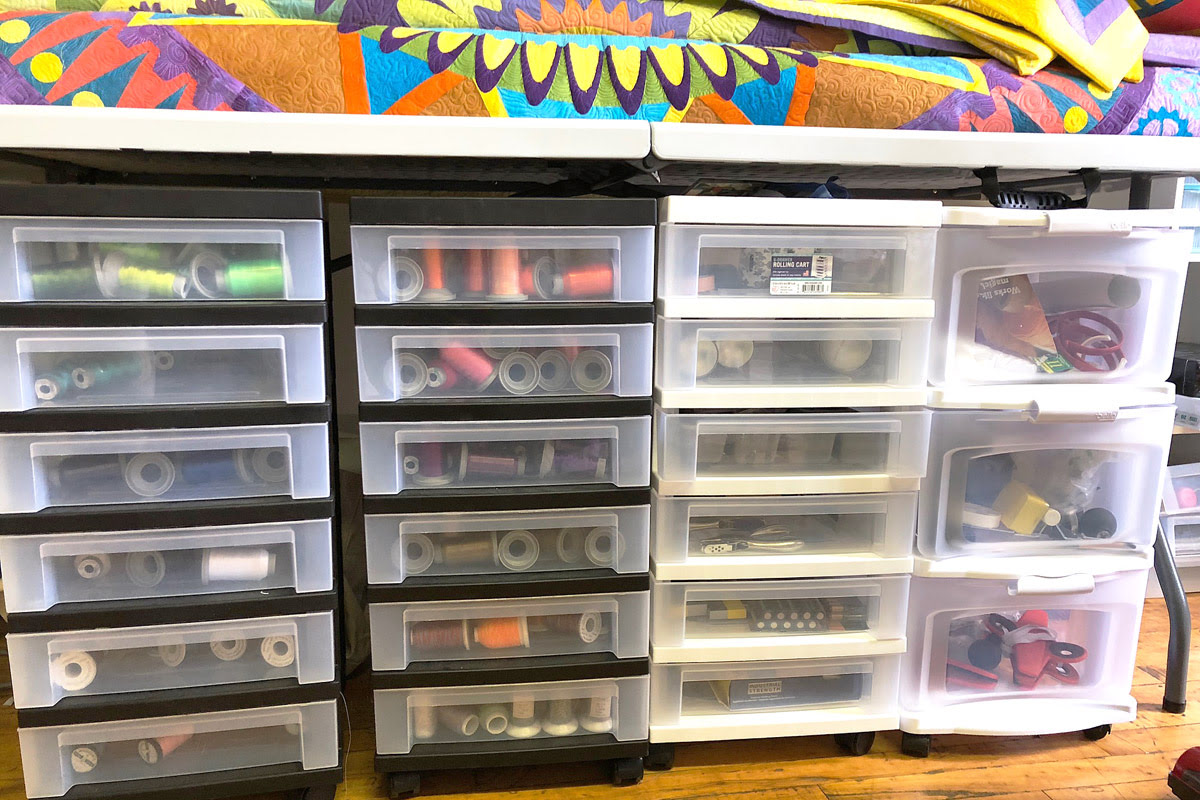

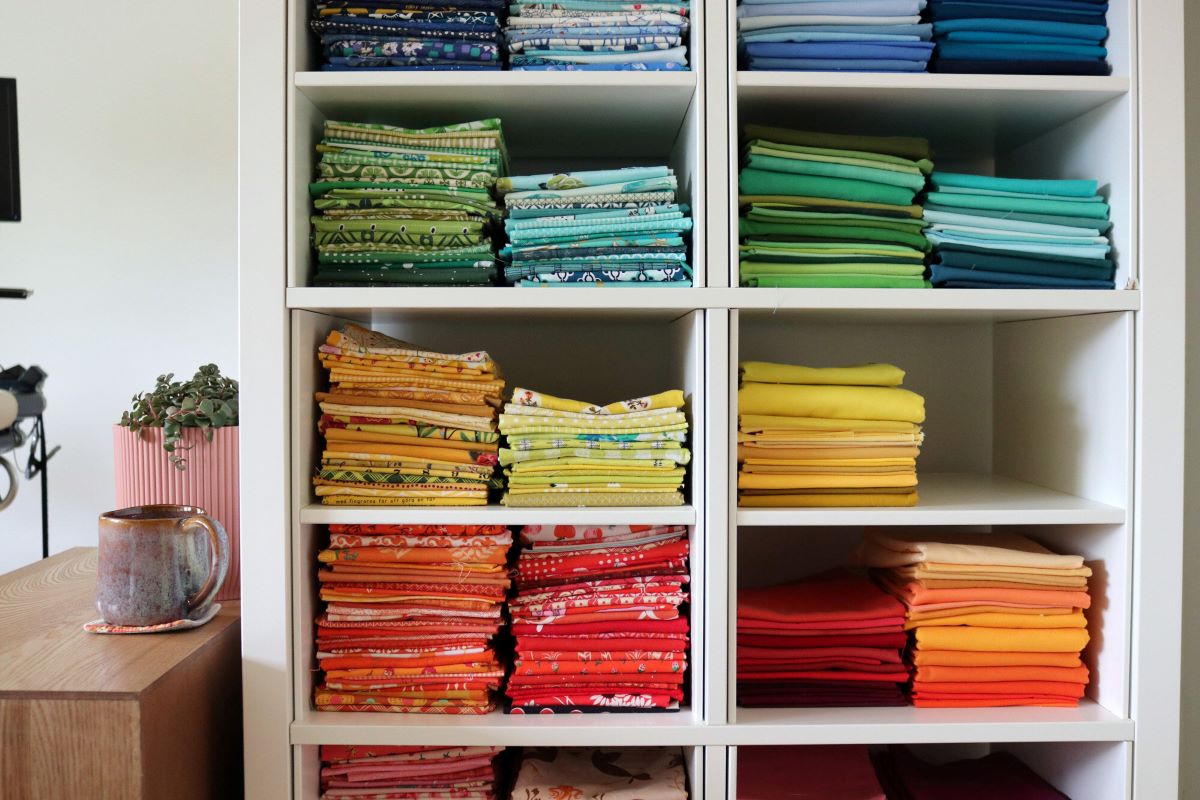
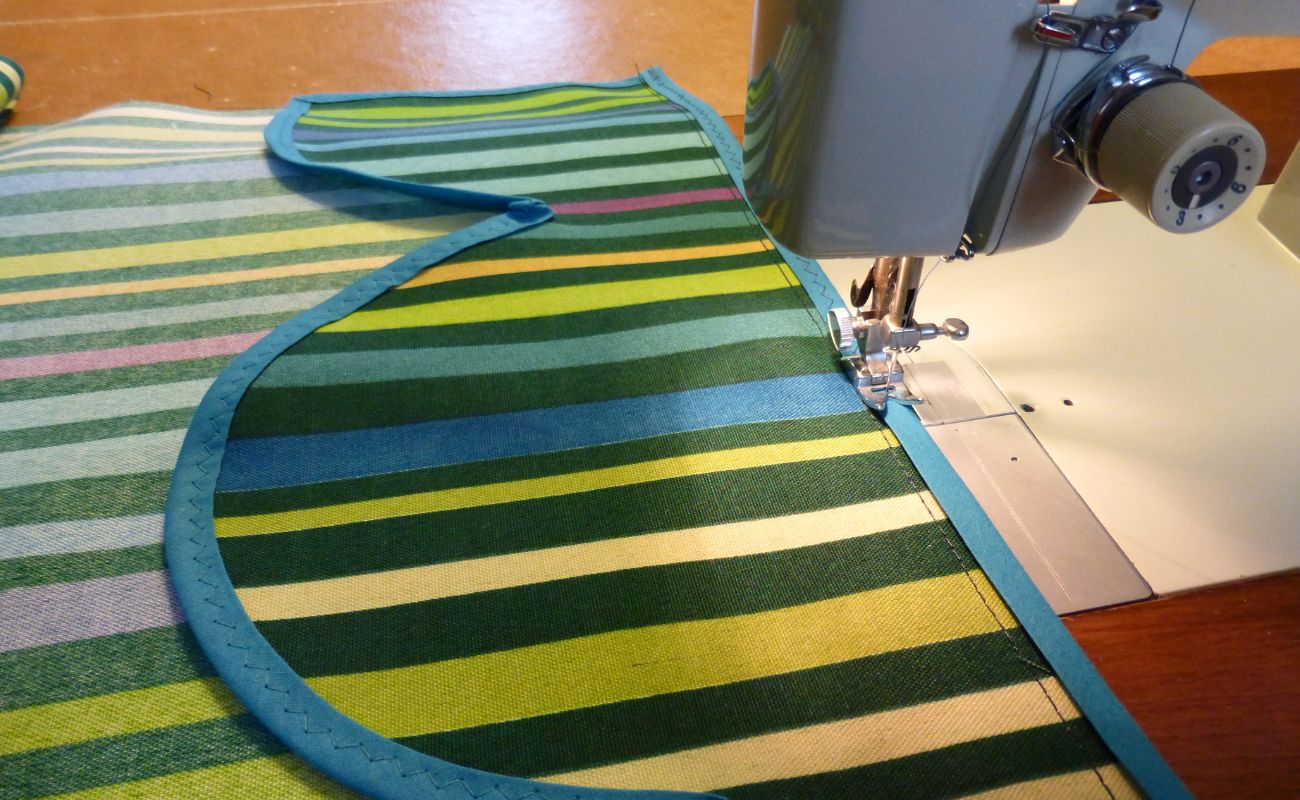
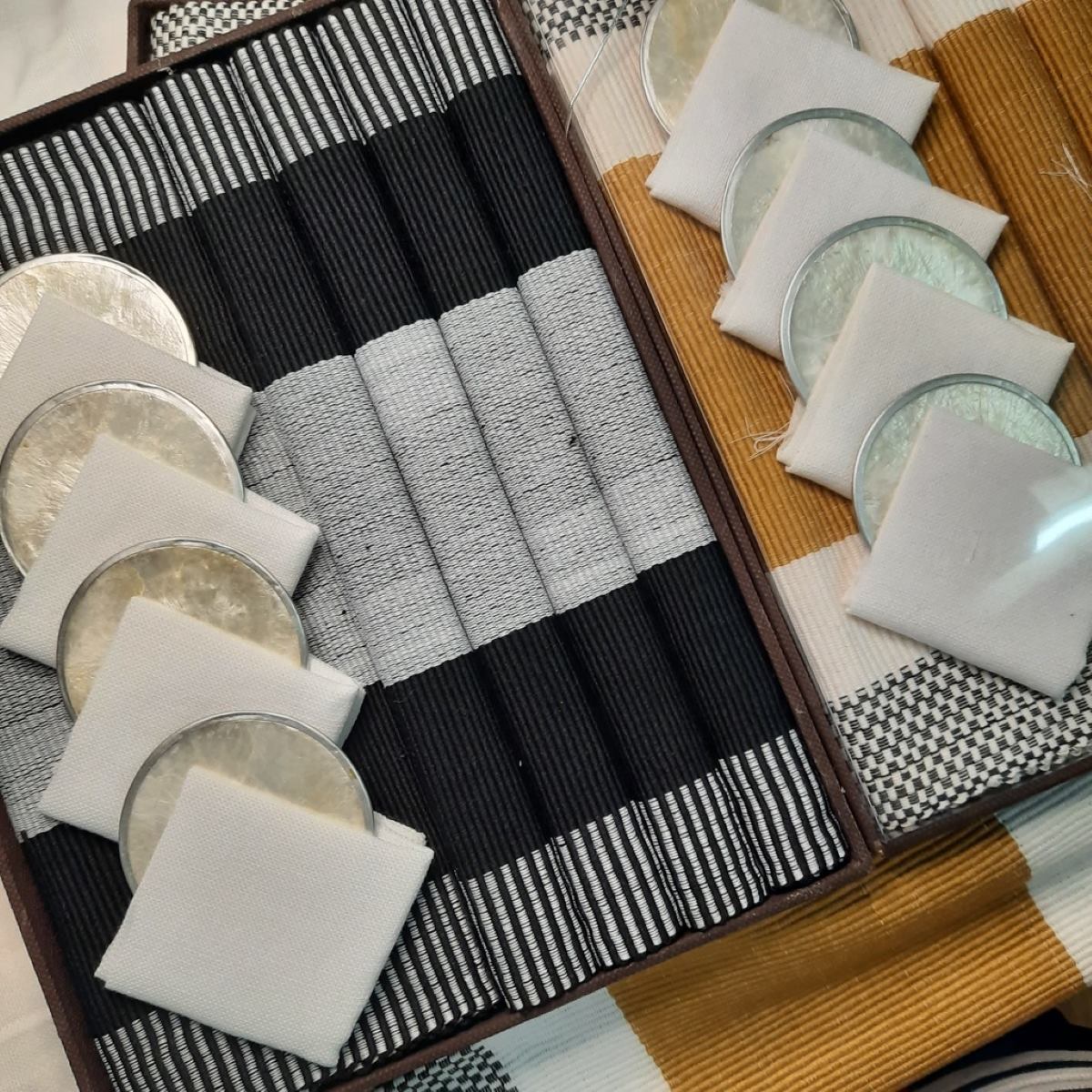
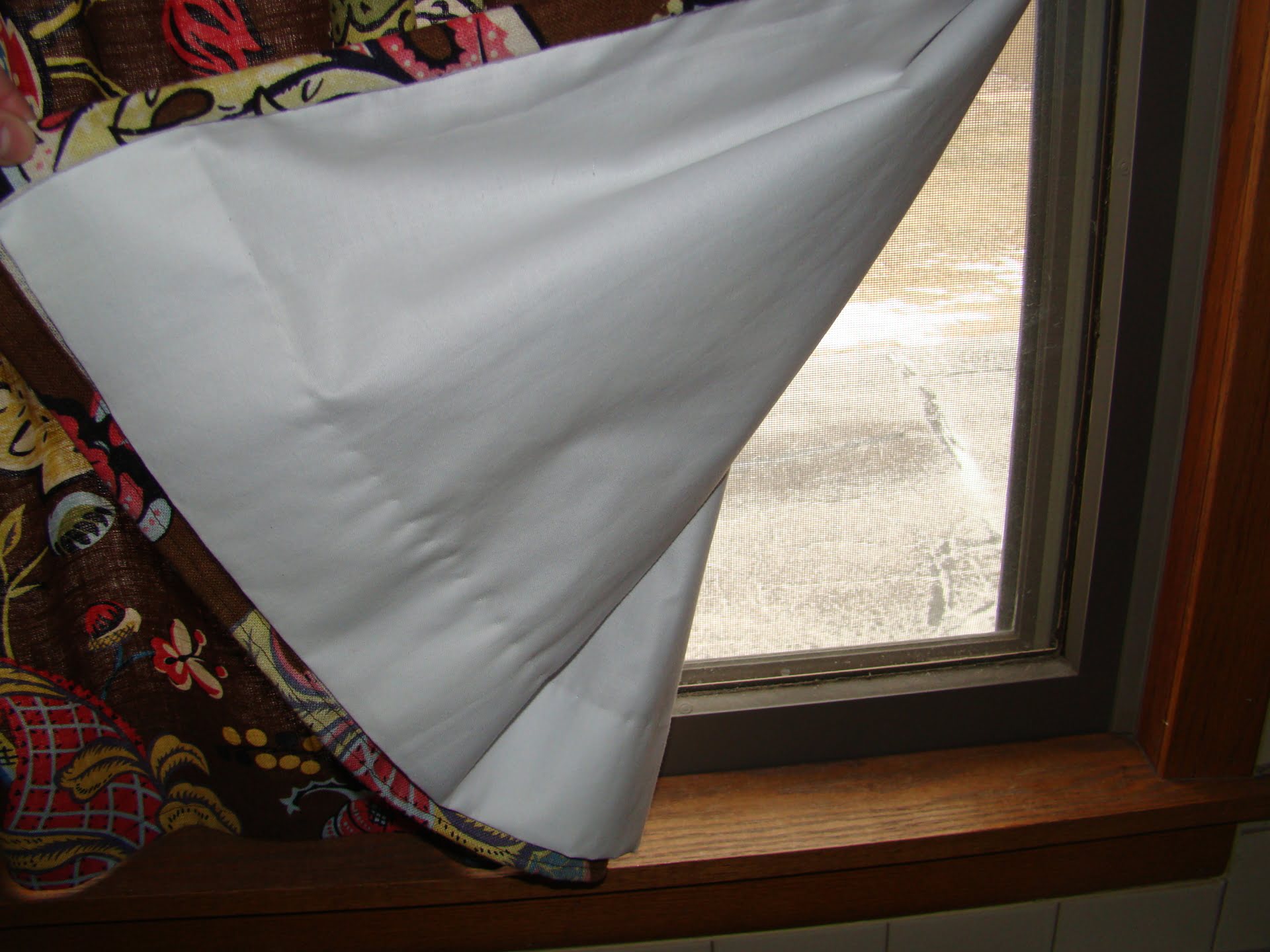
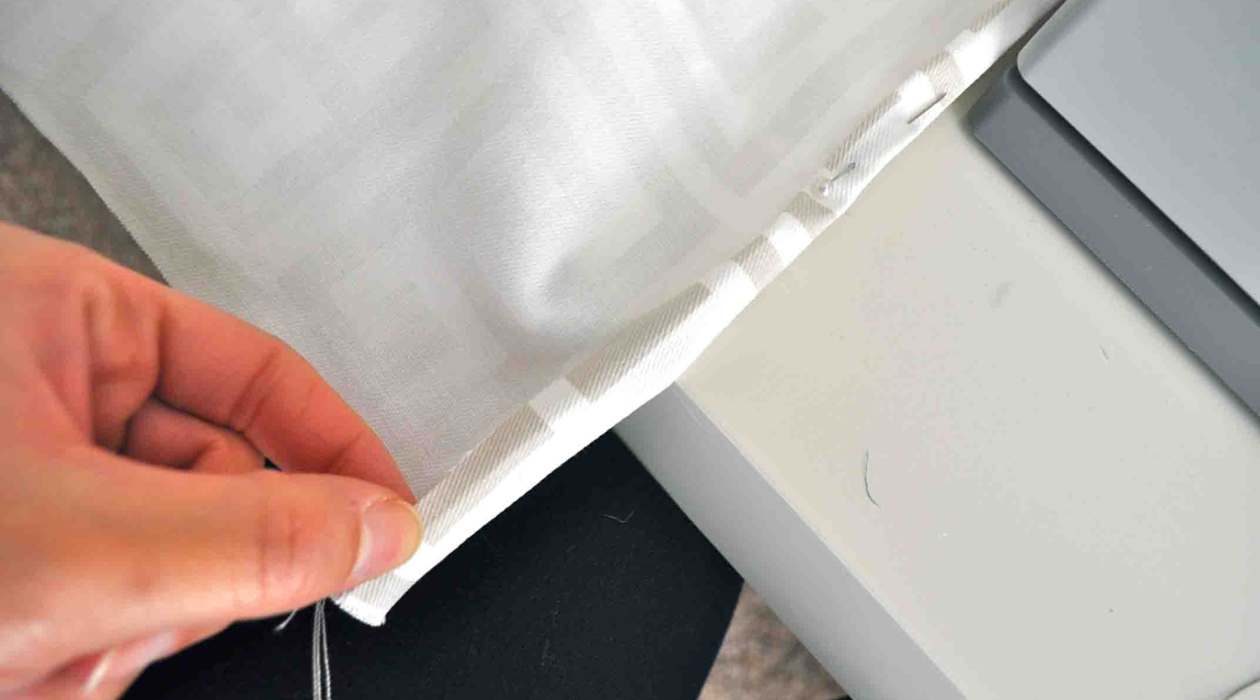
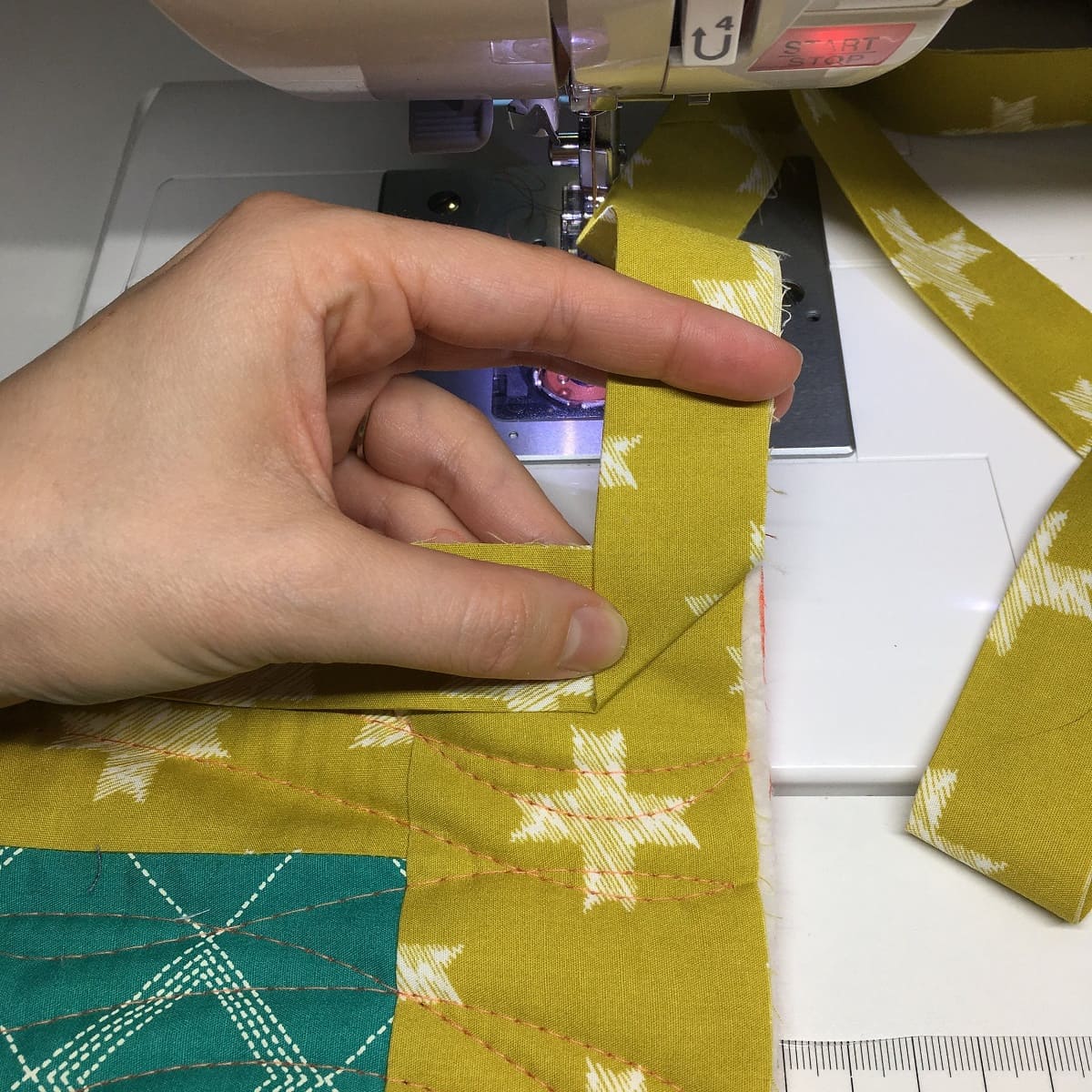
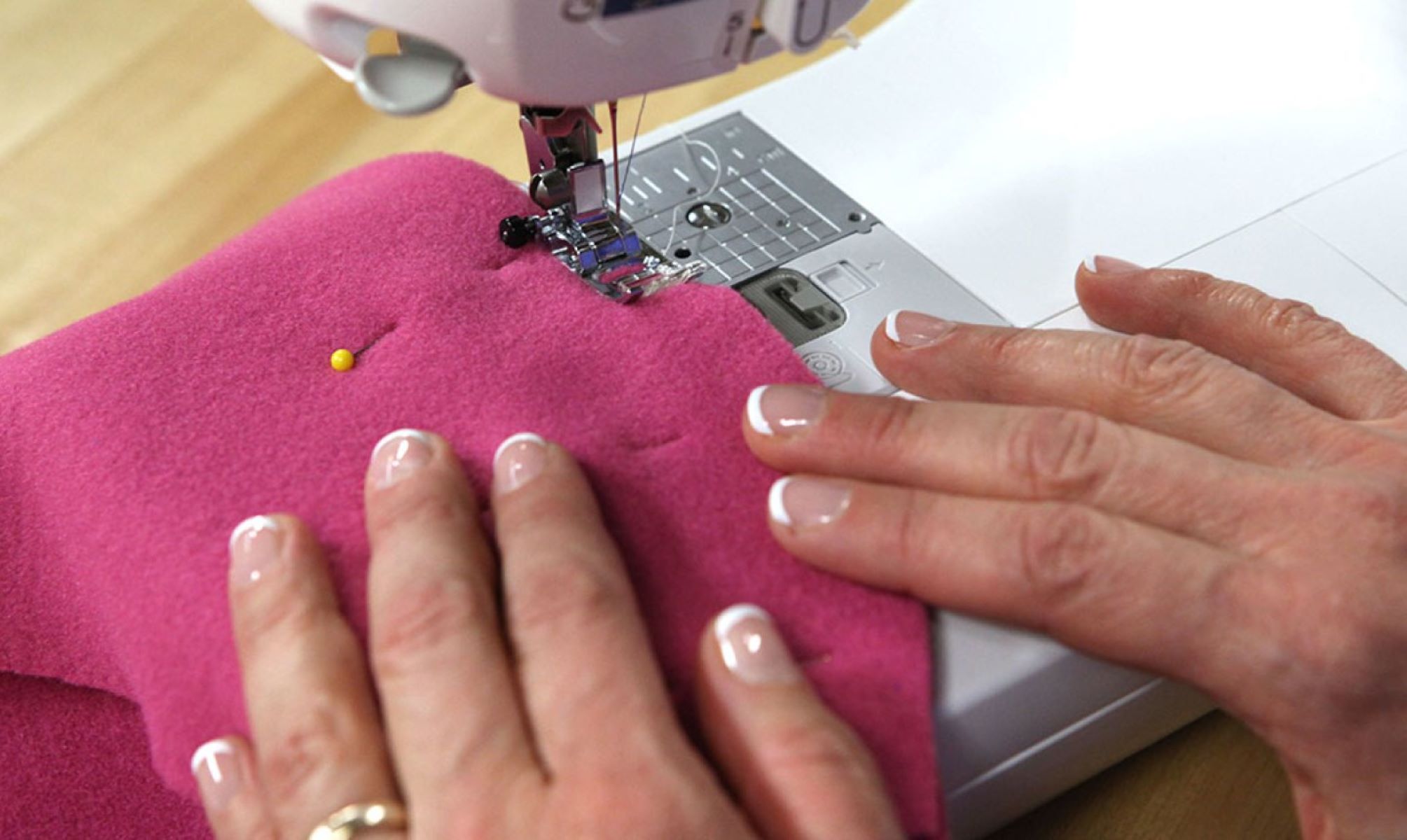

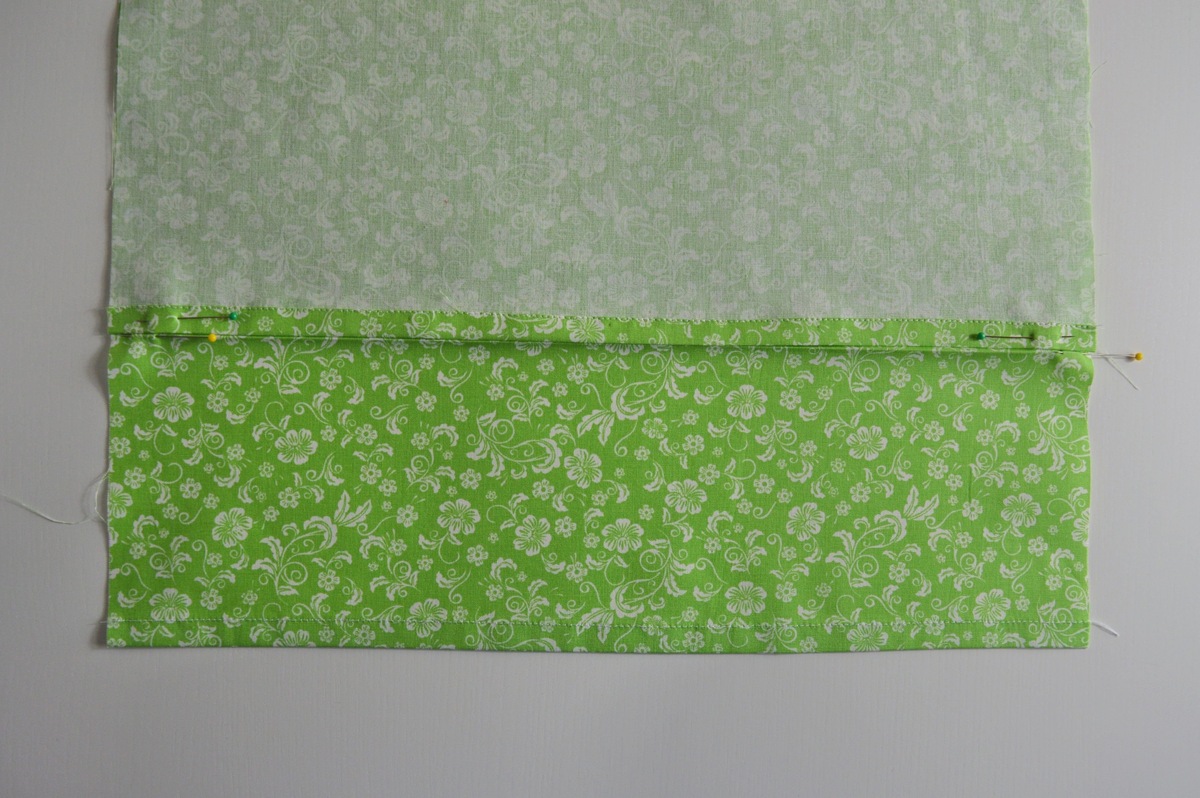
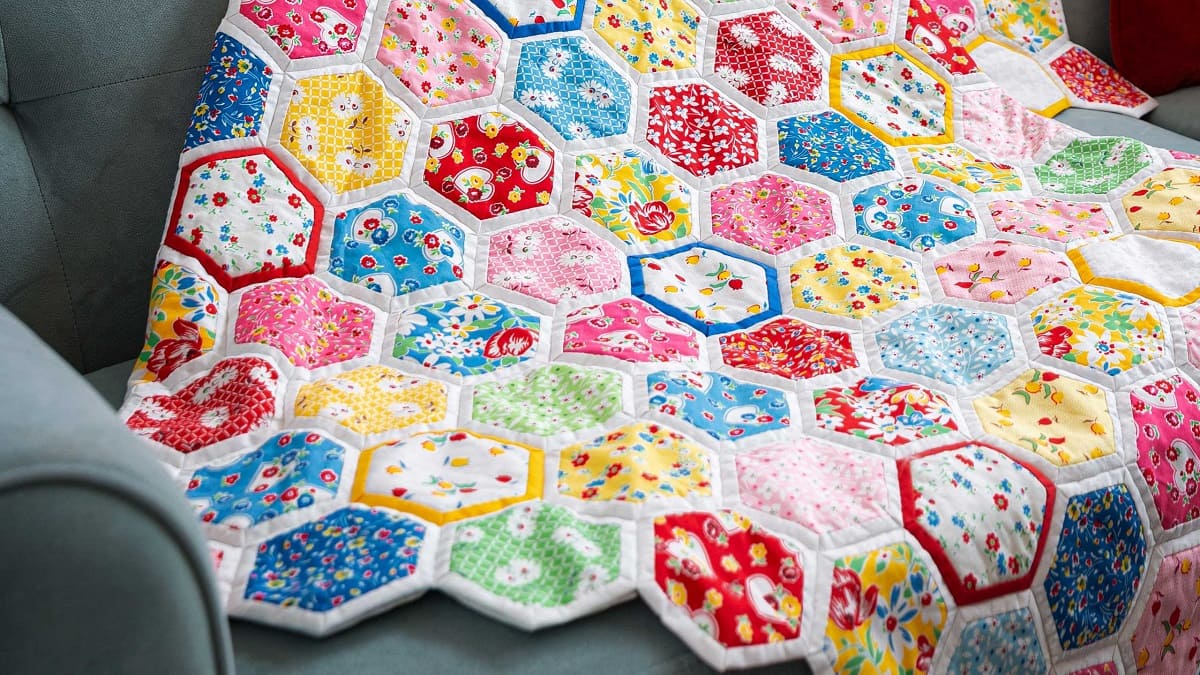
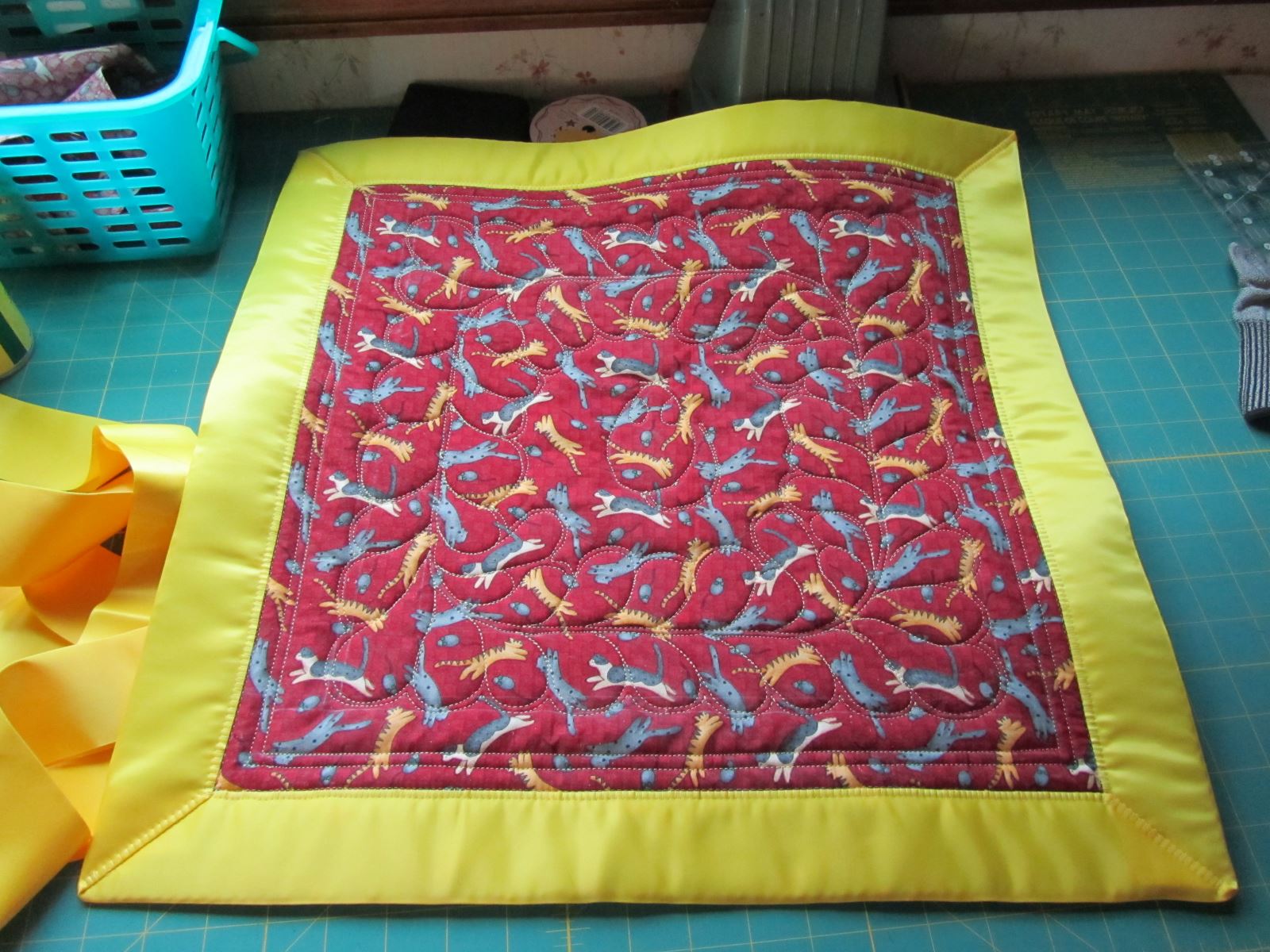

0 thoughts on “How To Store Sewing Machine”